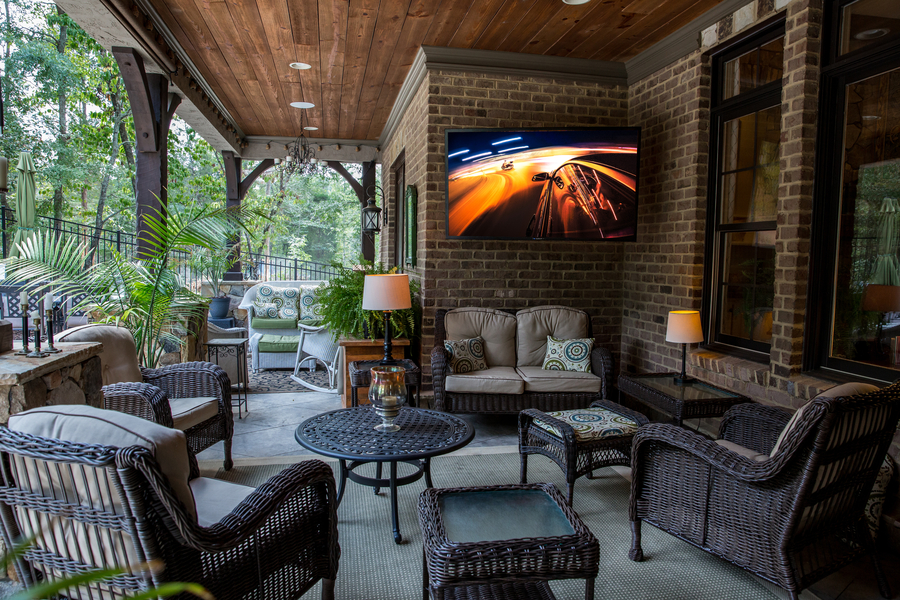Illuminating the Impact of Illumination Conditions on Movement Detection Precision and Reliability
Illuminating the Impact of Illumination Conditions on Movement Detection Precision and Reliability
Blog Article
Illumination environments play a crucial role in the way effectively we can perceive movement. Motion detection is a critical component of various technologies, including security cameras, automated illumination systems, and also certain gaming applications. Understanding how different lighting conditions influence our capacity to detect motion can assist enhance the development and effectiveness of these systems. For example, poor illumination can result in overlooked motions or incorrect alerts, while ideal illumination can boost the precision of motion detection technologies.
In well-lit illumination conditions, movement detection is generally more reliable. As there is sufficient light, sensors and cameras can capture sharper images, which assists in identifying dynamic elements. Bright environments allow for better distinction between the moving element and the background. This differentiation is essential for both visual observers and mechanical systems, as it facilitates it simpler to differentiate between stationary and dynamic objects in a setting. Therefore, making sure that spaces are well-lit can greatly improve the performance of movement detection systems.
On the other hand, low-light environments can present difficulties for motion detection. In low-light environments, darkness can obscure dynamic objects, making them hard to detect. Additionally, the eye struggles to detect motion in low light, which can result in misinterpretation of the situation in the environment. Cameras might also encounter challenges, as many do not perform well in dim conditions without the use of infrared technology or alternative improvements. These limitations highlight the importance of sufficient lighting in environments where motion detection is essential.
Moreover, various kinds of lighting can have different impacts on movement detection. For instance, neon lights can flicker, which can confuse movement detection systems that depend on consistent light sources. look at this website On the other hand, daylight provides a consistent form of illumination that enhances clarity. Understanding these variations in lighting types can guide operators in selecting the most appropriate illumination for specific applications, particularly in surveillance and surveillance situations.
In conclusion, the relationship between illumination environments and movement detection precision is important. By ensuring that environments are appropriately lit, we can enhance the dependability of movement detection systems. This knowledge not only supports tech uses but also improves safety and security in various settings. check that As more advancements are made in movement detection systems, taking into account lighting conditions will remain a vital factor in optimizing performance and ensuring that these systems work effectively in different conditions.